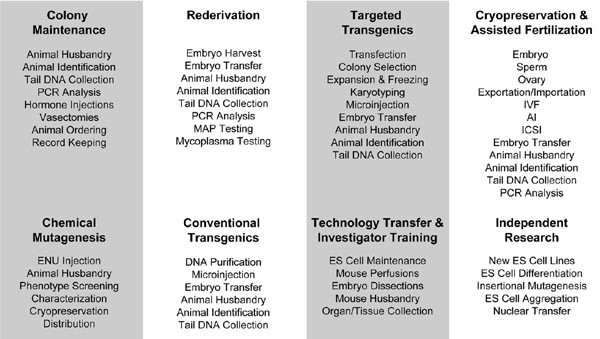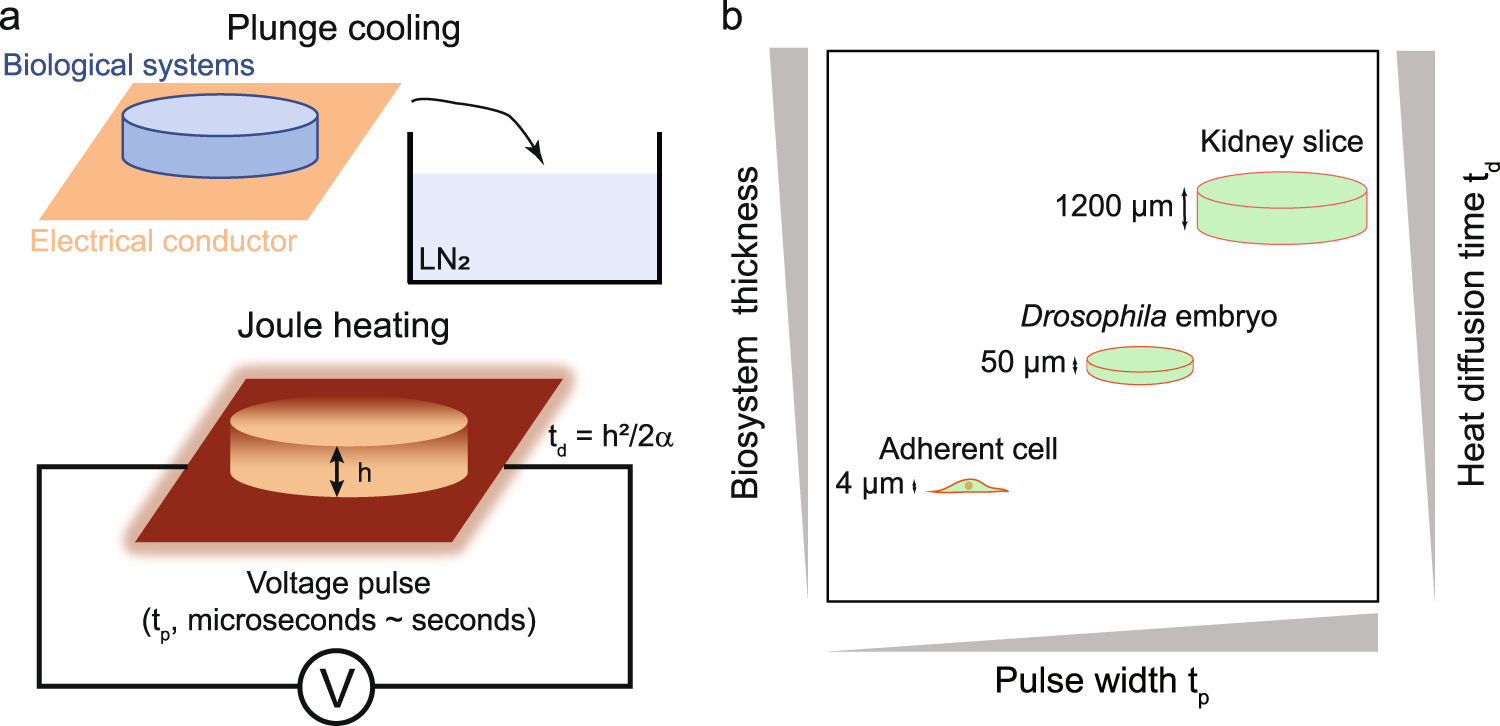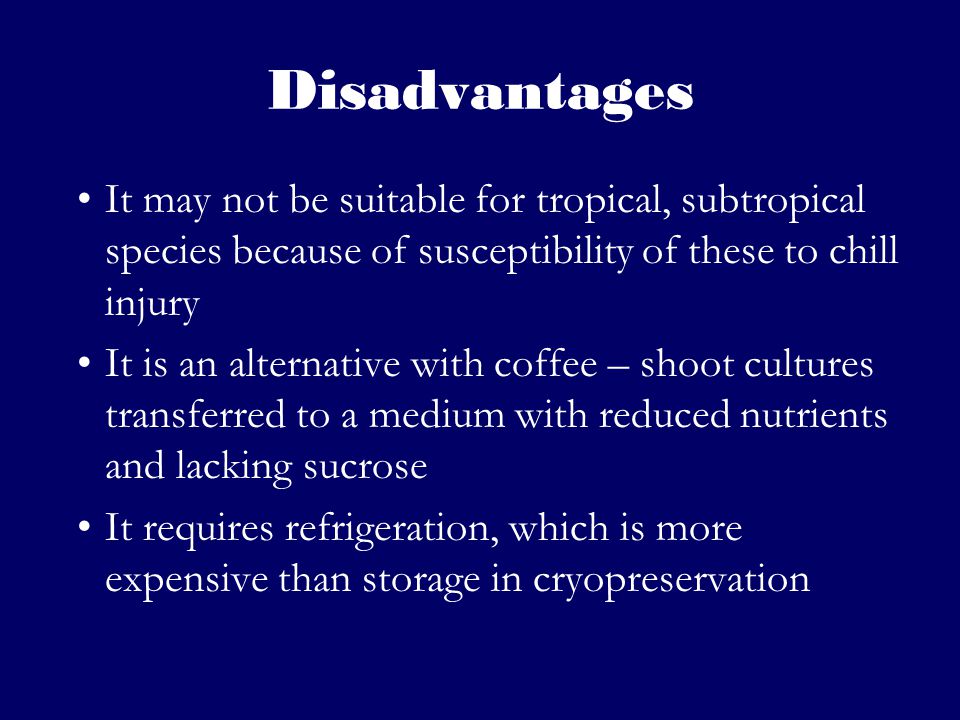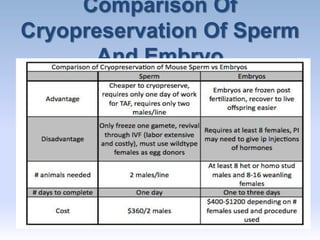Cryopreservation, or the process of freezing biological tissue or cells at very low temperatures, has been used in various medical fields for decades. One application of cryopreservation is the preservation of embryos, which can be a useful option for individuals or couples who wish to have children at a later time or who are facing fertility challenges. In this essay, we will explore the advantages and disadvantages of cryopreservation of embryos.
One advantage of cryopreservation of embryos is that it allows individuals or couples to preserve their fertility for future use. This can be especially useful for women who are facing cancer treatment or other medical procedures that may affect their fertility. By freezing their embryos, they have the option to use these embryos to have children in the future, even if their fertility is compromised by medical treatments.
Another advantage of cryopreservation of embryos is that it can help couples who have experienced fertility challenges to have children. For example, if a couple has had multiple miscarriages or has been unable to conceive through in vitro fertilization (IVF), they may choose to cryopreserve their embryos and try again in the future. This can help couples to avoid the emotional and financial burden of repeated IVF attempts.
However, there are also some disadvantages to cryopreservation of embryos. One disadvantage is the cost. Cryopreservation of embryos can be expensive, and the costs may not be covered by insurance. This can be a significant financial burden for couples who are trying to have children.
Another disadvantage of cryopreservation of embryos is the risk of damage to the embryos during the freezing and thawing process. While the success rate of cryopreservation has improved significantly over the years, there is still a risk that the embryos may not survive the freezing and thawing process, or that they may not develop into healthy embryos after they are thawed.
In addition, cryopreservation of embryos raises ethical and moral concerns for some individuals and couples. Some people may have moral objections to the use of assisted reproductive technologies, or may have concerns about the potential for abuse or misuse of frozen embryos.
Overall, cryopreservation of embryos can be a useful option for individuals and couples who wish to preserve their fertility or who are facing fertility challenges. However, it is important to carefully consider the advantages and disadvantages of cryopreservation, and to carefully weigh the potential risks and benefits before making a decision. It is also important to discuss these concerns with a healthcare provider and/or a fertility specialist to ensure that the decision is informed and well-informed.






